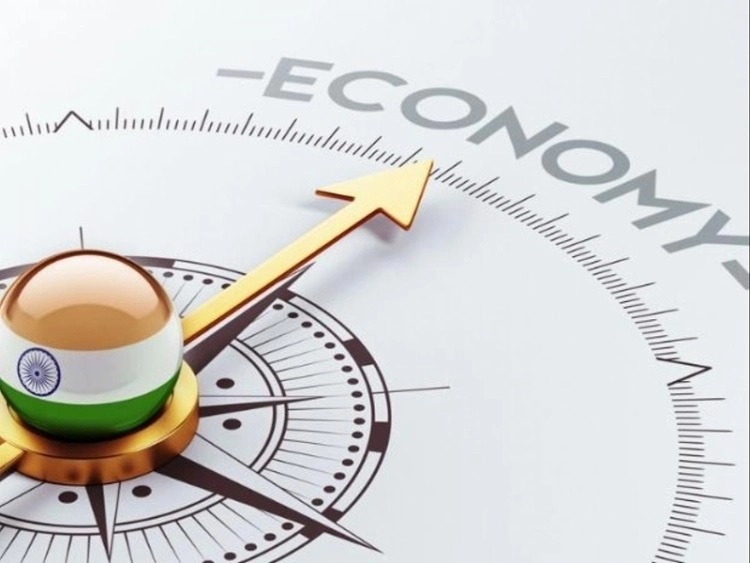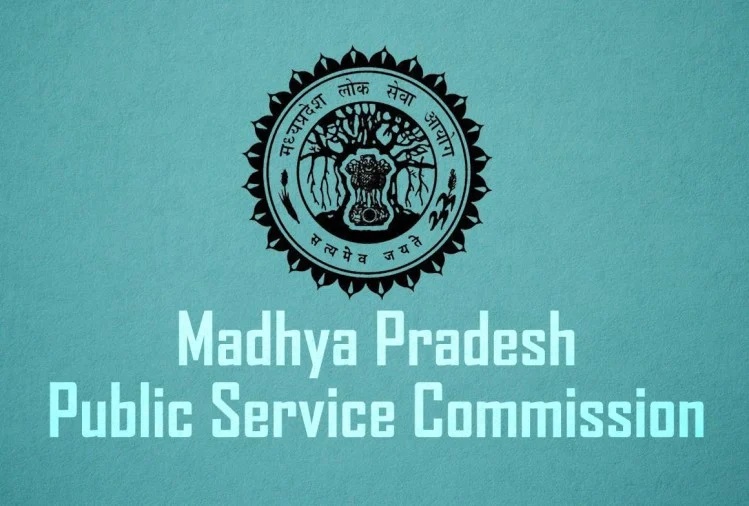
As things stand, it looks unlikely that the centre would let any situation arise following the polls, that challenges its Kashmir project or threatens to reverse the gains made in recent years
ON his recent visit to Jammu and Kashmir, Defence Minister Rajnath Singh said the decks had been cleared to hold the Assembly elections by the end of this year. The defense minister’s tentative timeline for the polls came two days after the Election Commission started the process to revise the electoral rolls for the union territory. The process to prepare the draft rolls will be completed by August 31, setting potentially the stage for elections. The winter, however, won’t be the right time to hold the exercise in Kashmir Valley. Nevertheless, a large number of people would most likely prefer the elections to take place regardless of the season. If for no other reason than approachability, there is a palpable desire to see local politicians return to government.
But things become more complex as we delve into details. The context of the fresh elections, whenever these are held, is very fraught. Much has happened since June 2018 when Governor’s rule was imposed after the PDP-led coalition government lost its majority following the withdrawal of support by the BJP. Jammu and Kashmir lost its semi-autonomous status on August 5, 2019 leading to seven months of communications and security blockade. The last three years have witnessed a drastic political makeover of the state-turned-union territory, so much so, that in many aspects, the current J&K bears little resemblance to what it was pre-August 2019.
In the last three years, Kashmir has witnessed an uneasy calm. The protests and the stone-pelting incidents have gradually tapered off. But the militancy has so far held out. That too, despite the killings of over 500 militants over the last three years.
According to a police estimate, there are around 150 active militants in Kashmir, the lowest such number in the last seven years. This has, for once, created a distinct possibility that the militancy could very well end in the next few months or over the course of this year if there is no replenishment of the ranks in the form of local recruitment or influx from across the border. Also, contrary to the apprehensions, the foreign presence in the Valley’s militancy has only increasingly diminished over the years – that is, if we consider the current spike as an exception.
This has put the militancy in the union territory apparently on a shaky wicket. But it is premature and also risky to make predictions about Kashmir. In the past also, this ebb and flow have continued. As the history of the past thirty years shows, the militancy has gone on. And it seems unlikely to die down unless the replenishment stops, something that has never happened so far. And appears unlikely to happen in the near to medium future. This is why while public unrests and stone throwing have drastically diminished since the withdrawal of Article 370, militancy has continued unabated. And there is little sign that the situation on this score will change anytime soon.
What is more, security agencies have already warned that the violence could once again scale up further this year, with the local militancy expected to be reinforced by the influx of foreign militants – albeit, there have so far been no indications that this is happening in bigger numbers.
That said, the elections in J&K have been held in the worst possible situation, and sometimes in the wake of the extended public unrest. If we go by the centre’s assurances, the Assembly polls would be the second in a three-step process towards restoration of statehood to J&K. First was the completion of the contentious exercise of the Delimitation Commission which enhanced the number of Assembly seats in the Union Territory from 83 to 90 And statehood would be the third.
The Delimitation Commission has already ended up changing the political landscape of J&K like never before. It could very well pave the way for a future chief minister who is from Jammu, a longstanding political plank of the BJP. And once that happens, there is little guarantee that statehood would be the next logical step. Or whether the statehood to be granted would be full or a truncated one – one that resembles a Delhi-type arrangement where the real power remains vested with the governor. Such an arrangement would hardly be enough to make a redeeming difference to the existing state of affairs in J&K, as fundamentally there wouldn’t be much that would change on the ground.
An ideal arrangement from the BJP’s point of view would be a government dominated by the party, whose chances following the delimitation of seats look brighter. Or, at least, a government of the party or parties which have reconciled to the loss of the autonomy as a fait accompli. And such a scenario looks very much possible. Over the last three years, the centre has successfully formed parties which if not directly toeing its line would dare also not question it. That is, as long as the BJP is in power at the centre. As things stand, it looks unlikely that the centre would let any situation arise following the polls, that challenges its Kashmir project or threatens to reverse the gains made in recent years.
- Views expressed in the article are the author’s own and do not necessarily represent the editorial stance of Kashmir Observer
Follow this link to join our WhatsApp group: Join Now
Be Part of Quality Journalism |
Quality journalism takes a lot of time, money and hard work to produce and despite all the hardships we still do it. Our reporters and editors are working overtime in Kashmir and beyond to cover what you care about, break big stories, and expose injustices that can change lives. Today more people are reading Kashmir Observer than ever, but only a handful are paying while advertising revenues are falling fast. |
| ACT NOW |
| MONTHLY | Rs 100 | |
| YEARLY | Rs 1000 | |
| LIFETIME | Rs 10000 | |










